Computer Modelling of the Optical Behavior of Homogenizers in High-Flux Solar Furnaces
Abstract
1. Introduction
2. Computational Details
2.1. Radiation
2.2. Homogenizers
2.3. Detectors
3. Results and Discussion
3.1. Influence of Number of Reflecting Surfaces
3.2. Influence of Homogenizer Length
3.3. Influence of Homogenizer Position
3.4. Influence of Tilted Reflecting Surfaces
4. Conclusions
Author Contributions
Funding
Institutional Review Board Statement
Informed Consent Statement
Data Availability Statement
Conflicts of Interest
Abbreviations
| CV | Coefficient of Variation |
| k0 | Initial wave vector |
| L | Focal length, mm |
| LAM | Light Analysis Modelling |
| LCD | Liquid-Crystal Display |
| rM | Maximum circle radius |
| r0 | Initial position vector |
| α | Rim angle, ° |
| θM | Maximum polar angle |
References
- Pereira, J.C.G.; Fernandes, J.C.; Rosa, L.G. Mathematical Models for Simulation and Optimization of High-Flux Solar Furnaces. Math. Comput. Appl. 2019, 24, 65. [Google Scholar] [CrossRef]
- Pereira, J.C.G.; Rodríguez, J.; Fernandes, J.C.; Rosa, L.G. Homogeneous Flux Distribution in High-Flux Solar Furnaces. Energies 2020, 13, 433. [Google Scholar] [CrossRef]
- Rosa, L.G. Solar Heat for Materials Processing: A Review on Recent Achievements and a Prospect on Future Trends. Chem. Eng. 2019, 3, 83. [Google Scholar] [CrossRef]
- Helmers, H.; Thor, W.Y.; Schmidt, T.; van Rooyen, D.; Bett, A.W. Optical Analysis of Deviations in a Concentrating Photovoltaics Central Receiver System with a Flux Homogenizer. Appl. Optics 2013, 52, 2974–2984. [Google Scholar] [CrossRef] [PubMed]
- Shanks, K.; Sarmah, N.; Reddy, K.S.; Mallick, T. The Design of A Parabolic Reflector System With High Tracking Tolerance For High Solar Concentration. AIP Conf. Proc. 2014, 1616, 211–214. [Google Scholar] [CrossRef]
- Burhan, M.; Chua, K.J.E.; Ng, K.C. Simulation and Development of a Multi-Leg Homogeniser Concentrating Assembly for Concentrated Photovoltaic (CPV) System with Electrical Rating Analysis. Energy Convers. Manag. 2016, 116, 58–71. [Google Scholar] [CrossRef]
- Gomez-Garcia, F.; Santiago, S.; Luque, S.; Romero, M.; Gonzalez-Aguilar, J. A New Laboratory-Scale Experimental Facility for Detailed Aerothermal Characterizations of Volumetric Absorbers. AIP Conf. Proc. 2016, 1734, 30018. [Google Scholar] [CrossRef]
- Shanks, K.; Baig, H.; Singh, N.P.; Senthilarasu, S.; Reddy, K.S.; Mallick, T.K. Prototype Fabrication and Experimental Investigation of a Conjugate Refractive Reflective Homogeniser in a Cassegrain Concentrator. Solar Energy 2017, 142, 97–108. [Google Scholar] [CrossRef]
- Luque, S.; Bai, F.; González-Aguilar, J.; Wang, Z.; Romero, M. A Parametric Experimental Study of Aerothermal Performance and Efficiency in Monolithic Volumetric Absorbers. AIP Conf. Proc. 2017, 1850, 030034. [Google Scholar] [CrossRef]
- Luque, S.; Santiago, S.; Gomez-Garcia, F.; Romero, M.; Gonzalez-Aguilar, J. A New Calorimetric Facility to Investigate Radiative-Convective Heat Exchangers for Concentrated Solar Power Applications. Int. J. Energy Res. 2018, 42, 966–976. [Google Scholar] [CrossRef]
- Yang, Z.P.; Li, L.; Wang, J.T.; Wang, W.M.; Song, J.F. Realization of High Flux Daylighting via Optical Fibers Using Large Fresnel Lens. Sol. Energy 2019, 183, 204–211. [Google Scholar] [CrossRef]
- Li, B.; Oliveira, F.A.C.; Rodríguez, J.; Fernandes, J.C.; Rosa, L.G. Numerical and Experimental Study on Improving Temperature Uniformity of Solar Furnaces for Materials Processing. Sol. Energy 2015, 115, 95–108. [Google Scholar] [CrossRef]
- Oliveira, F.A.C.; Fernandes, J.C.; Rodríguez, J.; Cañadas, I.; Galindo, J.; Rosa, L.G. Temperature Uniformity Improvement in a Solar Furnace by Indirect Heating. Sol. Energy 2016, 140, 141–150. [Google Scholar] [CrossRef]
- SF-60. Available online: http://www.psa.es/en/facilities/solar_furnaces/sf60.php (accessed on 12 February 2021).

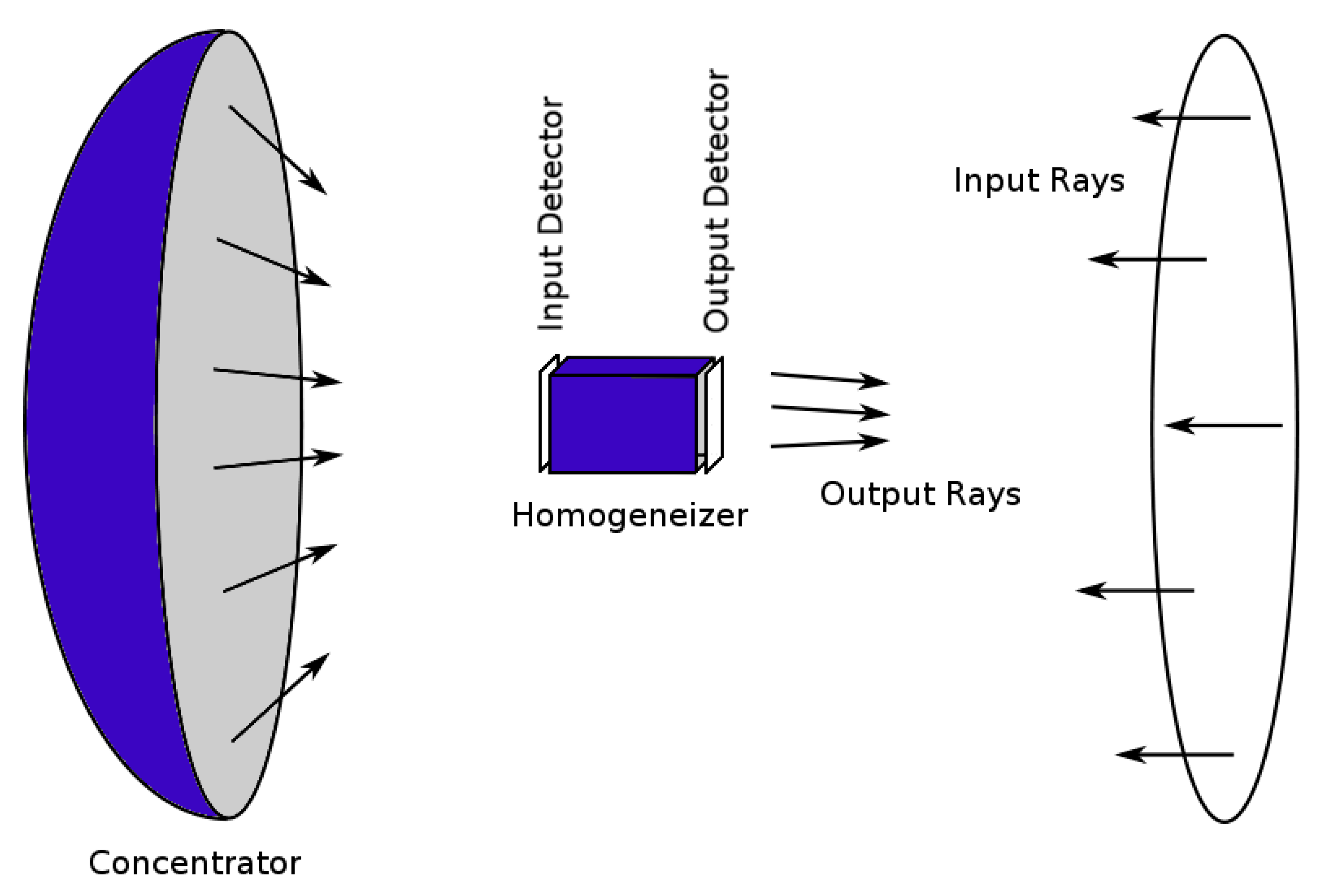

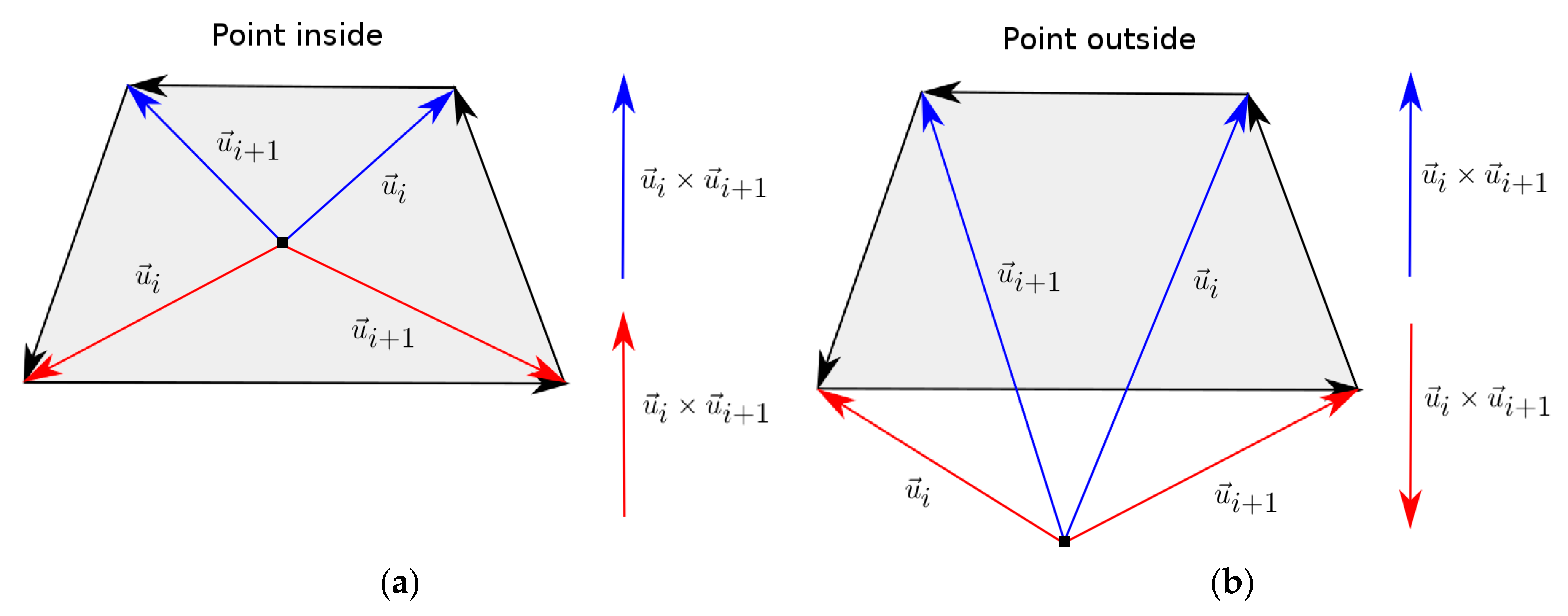
| Number of Rays | Input Radiation CV | Output Radiation CV | Time (s) |
|---|---|---|---|
| 106 | 0.5305 | 0.3053 | 1.9 |
| 107 | 0.4522 | 0.1170 | 18.9 |
| 108 | 0.4438 | 0.0746 | 186.1 |
| 109 | 0.4430 | 0.0688 | 1860.9 |
| 1010 | 0.4429 | 0.0682 | 18,817.4 |
| Random Seed | Input Radiation CV | Output Radiation CV |
|---|---|---|
| 1 | 0.4439 | 0.0744 |
| 2 | 0.4438 | 0.0746 |
| 3 | 0.4441 | 0.0744 |
| 4 | 0.4437 | 0.0743 |
| 5 | 0.4439 | 0.0744 |
| Number of Faces | 3D Perspective | 2D Cross Section | Input Flux | Output Flux |
|---|---|---|---|---|
| 3 |  |  | 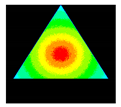 | 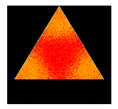 |
| 4 |  |  | 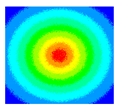 | 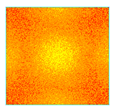 |
| 4 × 4 |  |  | 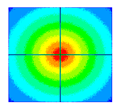 | 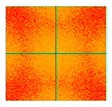 |
| 6 |  |  | 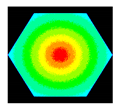 | 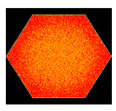 |
| 8 |  |  | 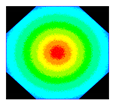 | 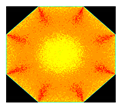 |
| ∞ | 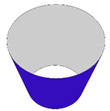 |  |  | 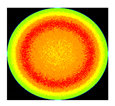 |
| Number of Faces | Input Radiation CV | Output Radiation CV | Input Power (No. of Counts) | Output Power (No. of Counts) |
|---|---|---|---|---|
| 3 | 0.261 | 0.116 | 0.337 × 108 | 0.337 × 108 |
| 4 | 0.444 | 0.074 | 0.702 × 108 | 0.702 × 108 |
| 4 × 4 | 0.444 | 0.099 | 0.687 × 108 | 0.687 × 108 |
| 6 | 0.319 | 0.088 | 0.558 × 108 | 0.558 × 108 |
| 8 | 0.372 | 0.091 | 0.644 × 108 | 0.644 × 108 |
| ∞ | 0.451 | 0.312 | 0.620 × 108 | 0.620 × 108 |
| Homog. Length (mm) | Input Flux | Output Flux | Input Radiation CV | Output Radiation CV | Input Power (No. of Counts) | Output Power (No. of Counts) |
|---|---|---|---|---|---|---|
| 250 | 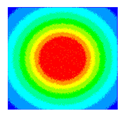 |  | 0.521 | 0.165 | 0.813 × 108 | 0.813 × 108 |
| 300 | 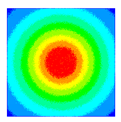 | 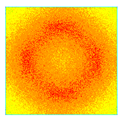 | 0.487 | 0.085 | 0.758 × 108 | 0.758 × 108 |
| 350 | 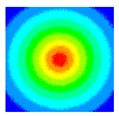 | 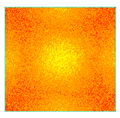 | 0.444 | 0.074 | 0.702 × 108 | 0.702 × 108 |
| 400 | 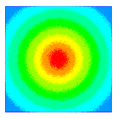 |  | 0.385 | 0.077 | 0.645 × 108 | 0.645 × 108 |
| 450 | 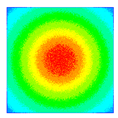 | 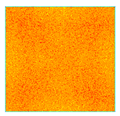 | 0.321 | 0.072 | 0.589 × 108 | 0.589 × 108 |
| 500 | 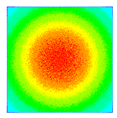 | 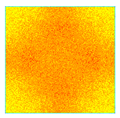 | 0.257 | 0.078 | 0.532 × 108 | 0.532 × 108 |
| Homog. Coordinate | Input Flux | Output Flux | Input Radiation CV | Output Radiation CV | Input Power (No. of Counts) | Output Power (No. of Counts) |
|---|---|---|---|---|---|---|
 Position −175 |  |  | 0.539 | 0.068 | 0.990 × 108 | 0.990 × 108 |
 Position −87.5 | 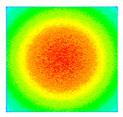 |  | 0.559 | 0.068 | 0.888 × 108 | 0.888 × 108 |
 Position 0 | 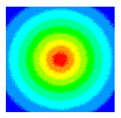 | 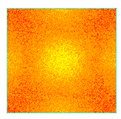 | 0.444 | 0.074 | 0.702 × 108 | 0.702 × 108 |
 Position +87.5 | 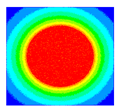 | 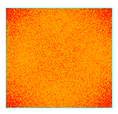 | 0.228 | 0.185 | 0.505 × 108 | 0.505 × 108 |
 Position +175 | 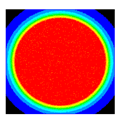 | 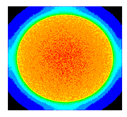 | 0.101 | 0.573 | 0.328 × 108 | 0.328 × 108 |
| Homog. Tilt Angle | Input Flux | Output Flux | Input Radiation CV | Output Radiation CV | Input Power (No. of Counts) | Output Power (No. of Counts) |
|---|---|---|---|---|---|---|
| 0° | 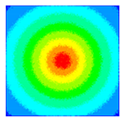 | 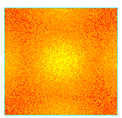 | 0.444 | 0.074 | 0.702 × 108 | 0.702 × 108 |
| 2° | 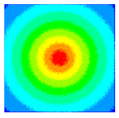 |  | 0.443 | 0.107 | 0.702 × 108 | 0.702 × 108 |
| 4° | 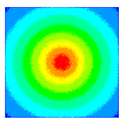 | 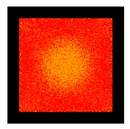 | 0.443 | 0.030 | 0.702 × 108 | 0.702 × 108 |
| 6° | 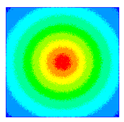 | 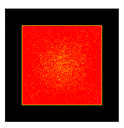 | 0.443 | 0.044 | 0.702 × 108 | 0.702 × 108 |
| 8° | 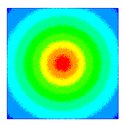 |  | 0.443 | 0.125 | 0.702 × 108 | 0.700 × 108 |
Publisher’s Note: MDPI stays neutral with regard to jurisdictional claims in published maps and institutional affiliations. |
© 2021 by the authors. Licensee MDPI, Basel, Switzerland. This article is an open access article distributed under the terms and conditions of the Creative Commons Attribution (CC BY) license (http://creativecommons.org/licenses/by/4.0/).
Share and Cite
Pereira, J.C.G.; Rahmani, K.; Rosa, L.G. Computer Modelling of the Optical Behavior of Homogenizers in High-Flux Solar Furnaces. Energies 2021, 14, 1828. https://doi.org/10.3390/en14071828
Pereira JCG, Rahmani K, Rosa LG. Computer Modelling of the Optical Behavior of Homogenizers in High-Flux Solar Furnaces. Energies. 2021; 14(7):1828. https://doi.org/10.3390/en14071828
Chicago/Turabian StylePereira, José Carlos Garcia, Kaveh Rahmani, and Luís Guerra Rosa. 2021. "Computer Modelling of the Optical Behavior of Homogenizers in High-Flux Solar Furnaces" Energies 14, no. 7: 1828. https://doi.org/10.3390/en14071828
APA StylePereira, J. C. G., Rahmani, K., & Rosa, L. G. (2021). Computer Modelling of the Optical Behavior of Homogenizers in High-Flux Solar Furnaces. Energies, 14(7), 1828. https://doi.org/10.3390/en14071828








